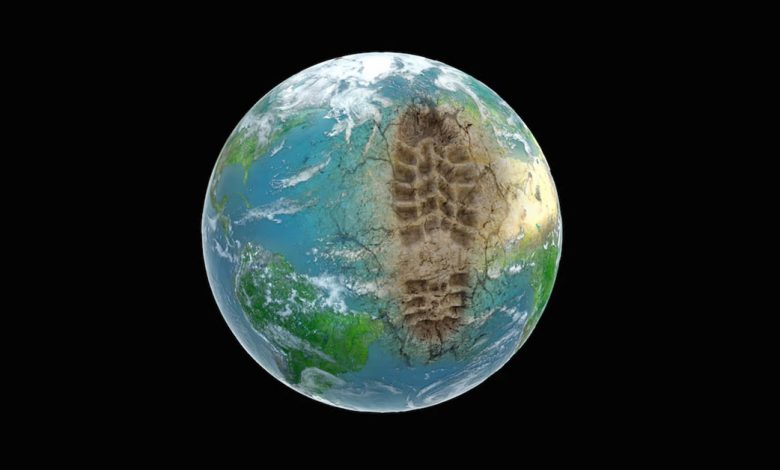
Context- The Anthropocene Working Group (AWG) claims that sediments found at Crawford Lake in Ontario, Canada, indicate the beginning of the Anthropocene epoch.
Key Highlights
- Crawford Lake close to Toronto, gives a remarkable reference highlighting the beginning of the Anthropocene.
- Around 1950, the concentration of plutonium particles in lake sediments increased.
- The presence of plutonium fills in as an obvious sign of human effect and supports the speculation of the Anthropocene period.
- They are likewise recommending that it begins another age, called Crawfordian after the lake picked as its beginning stage.
Anthropocene Working Group (AWG)
- The Anthropocene Working Group (AWG) is an interdisciplinary research group committed to the investigation of the Anthropocene as a geological time unit.
- It was established in 2009 as part of the International Commission on Stratigraphy’s (ICS) Subcommission on Quaternary Stratigraphy (SQS).
- In 2016, the group came to the conclusion that the Anthropocene epoch began around 1950, when nuclear weapons tests began, and geochemical traces of those tests can be found all over the world.
- Since then, the researchers have looked at 12 locations that might provide the most important piece of evidence they need to back up their idea.
- The Holocene, which has been related to the ongoing warm period, compares with the fast multiplication, development and effects of the human species around the world.
Earth’s Geologic Time Scale
- The geologic time scale provides the official framework for our understanding of Earth’s 4.5 billion-year history.
- Geologists divide the history of our planet into eons, eras, periods, epochs, and ages; an eon is the longest period of time, while an age is the shortest.
- For instance, we as of now live in the Meghalayan Age. It’s important for the Holocene Age, which started toward the finish of the last ice age quite a while back, when ice covers and icy masses started withdrawing.
- The Holocene is a part of the Quaternary Period, which is the most recent part of the Cenozoic Era and is part of the Phanerozoic Eon, which goes back 539 million years to the present.
What is the Anthropocene Epoch?
- The possibility of the Anthropocene was proposed at a science meeting over a long time back by the late Nobel Prize-winning scientific expert Paul Crutzen.
- Phenomena which are related with this epoc are Global warming, ocean level ascent, ocean acidification, mass-scale soil disintegration, the appearance of destructive intensity waves, crumbling of the biosphere and other hindering changes in the climate.





.png)



